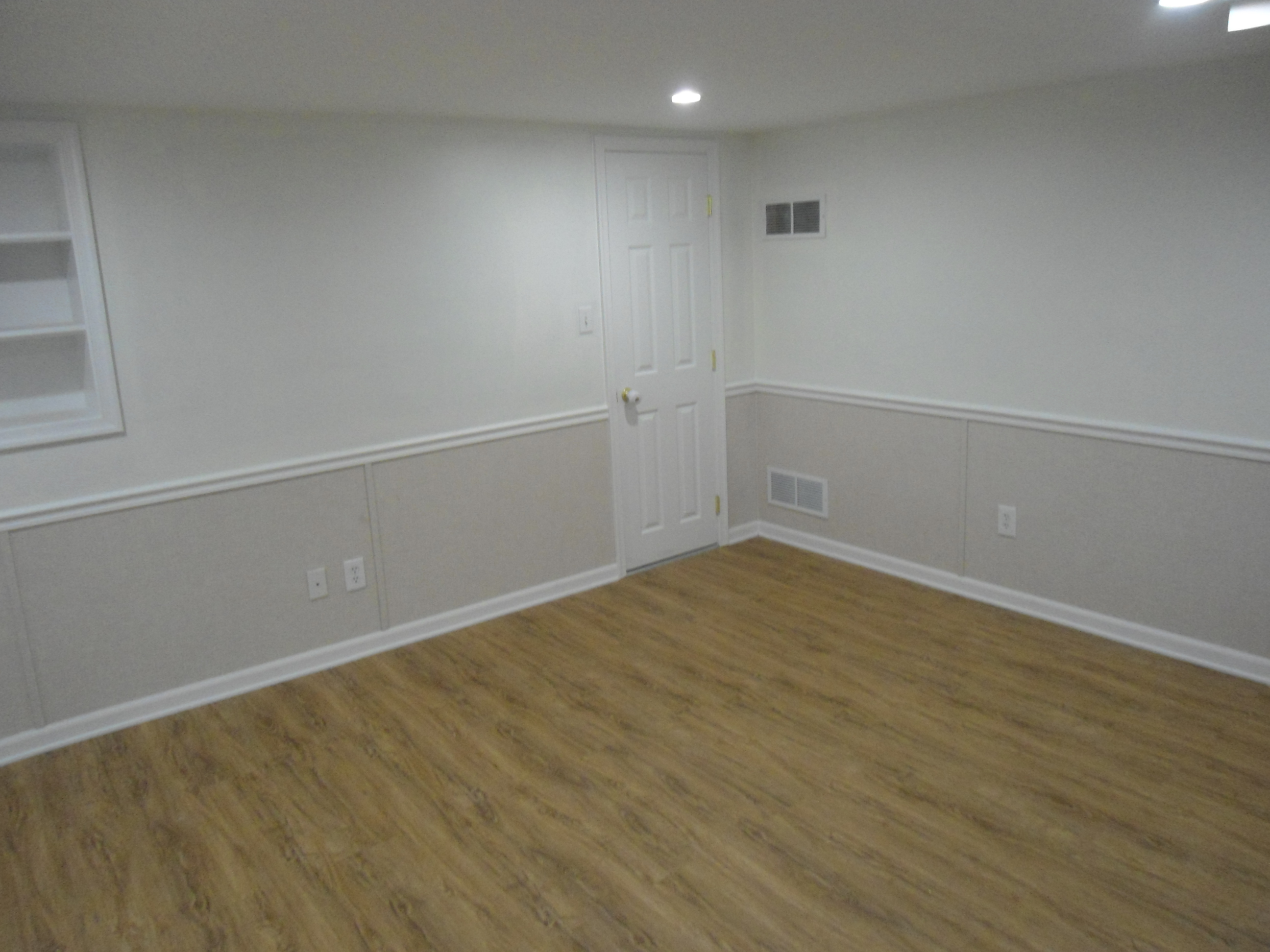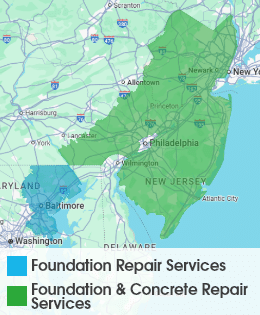Fiberglass Insulation is a Big NO-NO!
 Most basements are finished with fiberglass insulation, which is horrible for your basement. Fiberglass is installed in the space between drywall and plywood or another closed cavity in your home’s structure. If the fiberglass is installed with any “gaps” (like near pipes and wires), air can easily pass through it. Unfortunately, this is the norm. Insulation is measured based on the R rating. When these gaps are present, the R rating decreases. When fiberglass is just a little wet, it looses a high percentage of its R value. Wet fiberglass is ruined fiberglass.
Most basements are finished with fiberglass insulation, which is horrible for your basement. Fiberglass is installed in the space between drywall and plywood or another closed cavity in your home’s structure. If the fiberglass is installed with any “gaps” (like near pipes and wires), air can easily pass through it. Unfortunately, this is the norm. Insulation is measured based on the R rating. When these gaps are present, the R rating decreases. When fiberglass is just a little wet, it looses a high percentage of its R value. Wet fiberglass is ruined fiberglass.
Think about if you put a piece of fiberglass in a bucket of water. What would happen? The fiberglass loses its shape, gets wet and soggy, and falls apart. The same thing would happen inside of your basement walls when (not if) it gets wet. Not only does the fiberglass lose its R value when it gets wet, but it can grow mold! Although fiberglass is technically inorganic, organic materials are used when it is made which can grow mold. The resin in fiberglass is made from chemicals, which include cow urine (side note: do you really want that in your house?). Since urine is organic, it can grow mold, which means your fiberglass can grow mold.
There is a new type of insulation on the market that blows fiberglass out of the water (and out of the wall!). Foam insulation is the best option for your basement. The best type of foam is high-density extruded closed cell foam. This means that there are no spaces or gaps in the insulation and will not store water…perfect for your basement!










